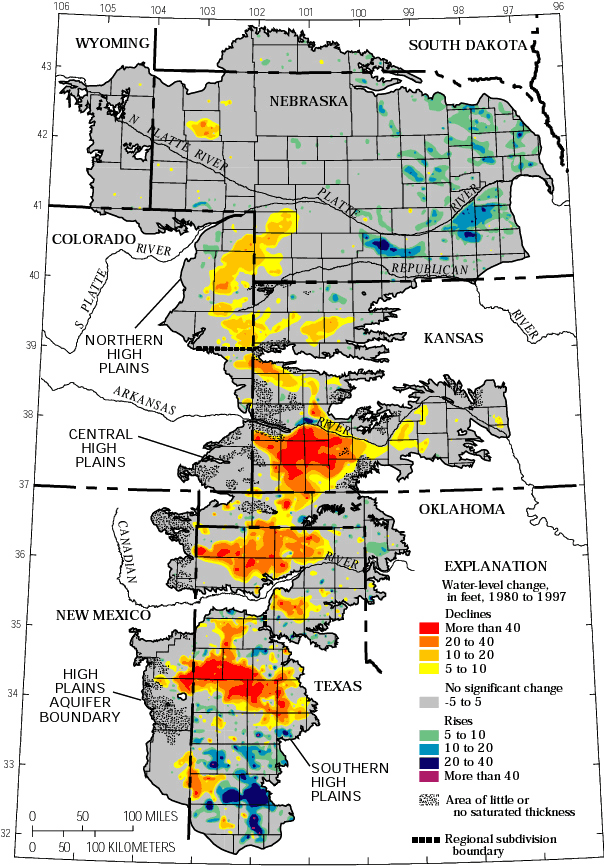

 4
4




Some places need to be wild
 2
2




"The rule of no realm is mine. But all worthy things that are in peril as the world now stands, these are my care. And for my part, I shall not wholly fail in my task if anything that passes through this night can still grow fairer or bear fruit and flower again in days to come. For I too am a steward. Did you not know?" Gandolf
 19
19




 Change is coming!!
Change is coming!!"You must be the change you want to see in the world." "First they ignore you, then they laugh at you, then they fight you, then you win." --Mahatma Gandhi
"Preach the Gospel always, and if necessary, use words." --Francis of Assisi.
"Family farms work when the whole family works the farm." -- Adam Klaus
 5
5




Greetings from Brambly Ridge










 2
2




Some places need to be wild




Ruth Meyers wrote:How many thumbs-up can I give R Scott's post?
That is heartening to hear.
Gardens in my mind never need water
Castles in the air never have a wet basement
Well made buildings are fractal -- equally intelligent design at every level of detail.
Bright sparks remind others that they too can dance
What I am looking for is looking for me too!











 3
3




Some places need to be wild
 3
3




 4
4




 7
7




Permies is awesome!!!










 1
1




Some places need to be wild
 6
6




"The rule of no realm is mine. But all worthy things that are in peril as the world now stands, these are my care. And for my part, I shall not wholly fail in my task if anything that passes through this night can still grow fairer or bear fruit and flower again in days to come. For I too am a steward. Did you not know?" Gandolf














Some places need to be wild
 4
4




 3
3




"The rule of no realm is mine. But all worthy things that are in peril as the world now stands, these are my care. And for my part, I shall not wholly fail in my task if anything that passes through this night can still grow fairer or bear fruit and flower again in days to come. For I too am a steward. Did you not know?" Gandolf














Some places need to be wild
 3
3




bruce Fine wrote: with climate changing so rapidly now there is no telling what the future drought situation might be, look what is happening in Australia and California. I saw something recently about how farmers in Midwest were removing forested areas between fields to gain acreage. those tree lines are what helped prevent a dustbowl for the past 80+ years according to the report I saw. but I'm no expert.
A build too cool to miss:Mike's GreenhouseA great example:Joseph's Garden
All the soil info you'll ever need:
Redhawk's excellent soil-building series





 2
2




SKIP books, get 'em while they're hot!!! Skills to Inherit Property
See me in a movie building a massive wood staircase:Low Tech Lab Movie
 3
3




"The rule of no realm is mine. But all worthy things that are in peril as the world now stands, these are my care. And for my part, I shall not wholly fail in my task if anything that passes through this night can still grow fairer or bear fruit and flower again in days to come. For I too am a steward. Did you not know?" Gandolf
 8
8






Gardens in my mind never need water
Castles in the air never have a wet basement
Well made buildings are fractal -- equally intelligent design at every level of detail.
Bright sparks remind others that they too can dance
What I am looking for is looking for me too!

 1
1




 7
7




Many of those abandoned dust-bowl farms of 1929 and 1930 returned to forests in the decades that followed. 90 years is a long time in terms of forestry succession. Some of that land is what they used to call "Indian Territory" -- Native American reserves, but the majority of it is privately held. In other words, the descendants of those old homesteaders still hold title to the land. The Federal Government never came back and re-took the land after it was abandoned. Those lush forests of Oklahoma are evidence of nature's tremendous capacity to regenerate and heal. While billions of tons of soil was blown away in 29 and 30, billions and billions more tons have been created by nature in the 90 years since.
Permies is awesome!!!

|
It's a pleasure to see superheros taking such an interest in science. And this tiny ad:
Rocket Mass Heater Resources Wiki
https://permies.com/w/rmh-resources
|


